

The Rt. Rev. Eric Vawter Menees


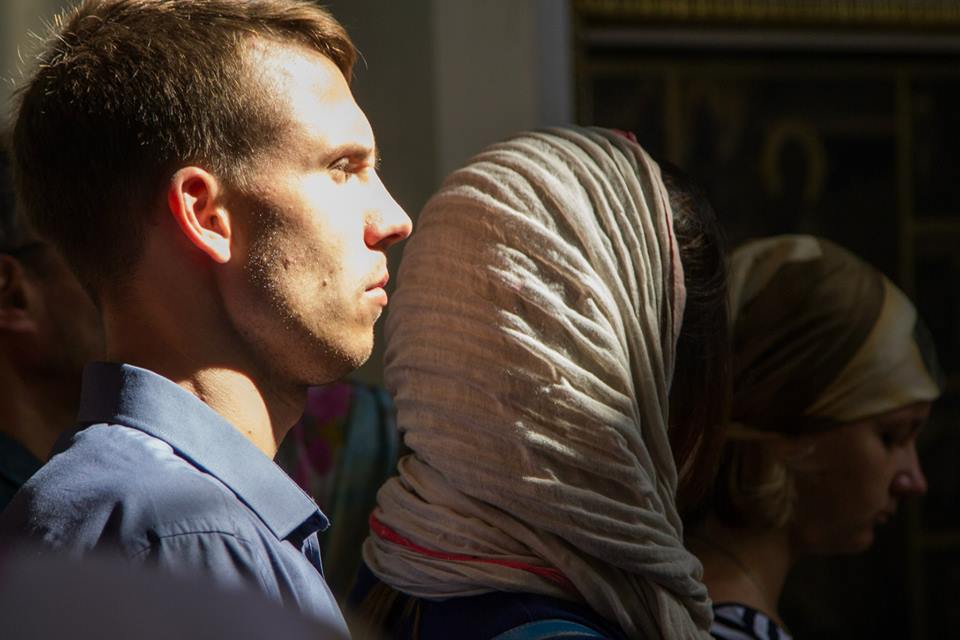
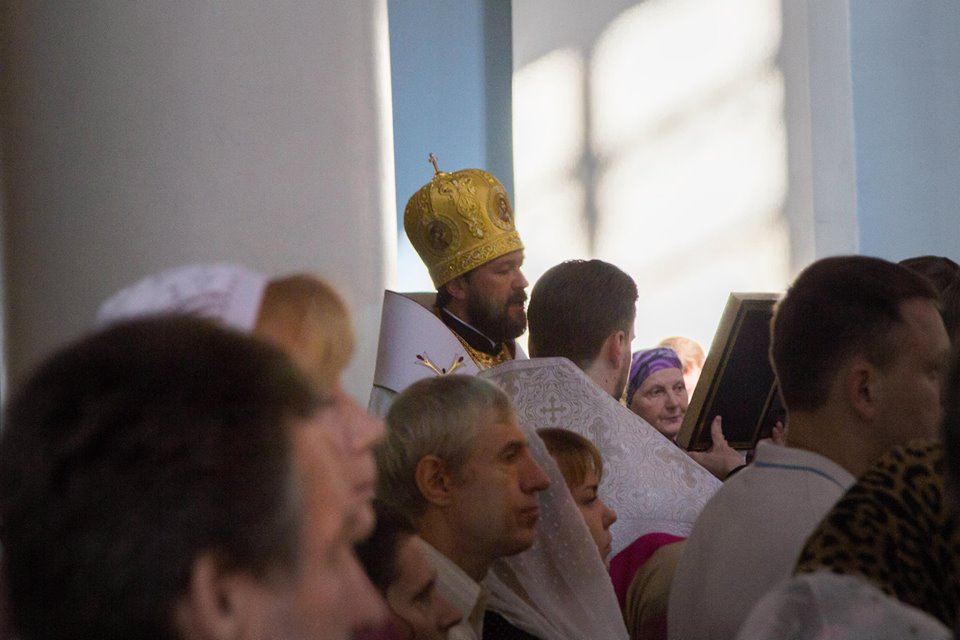
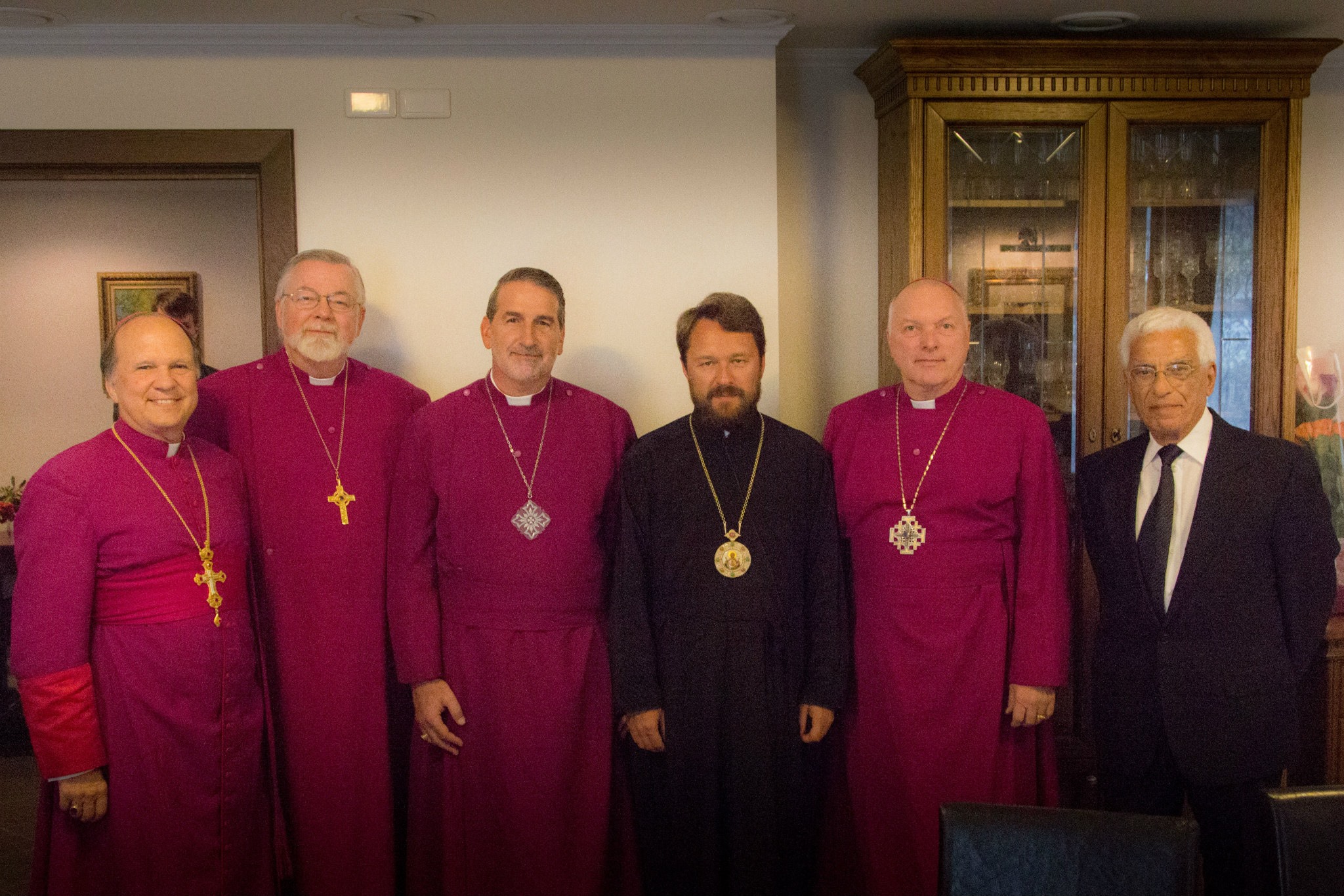
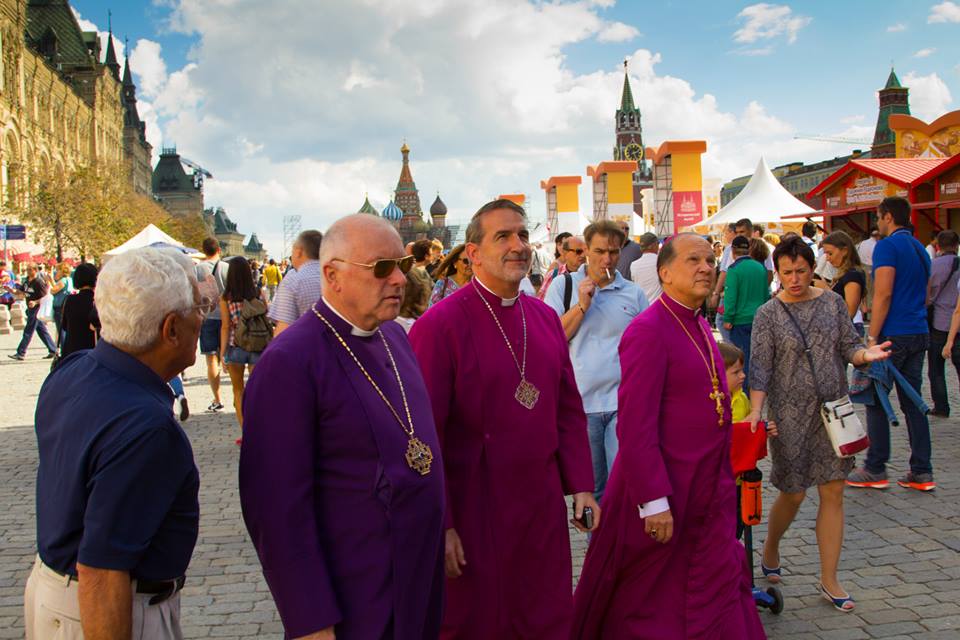
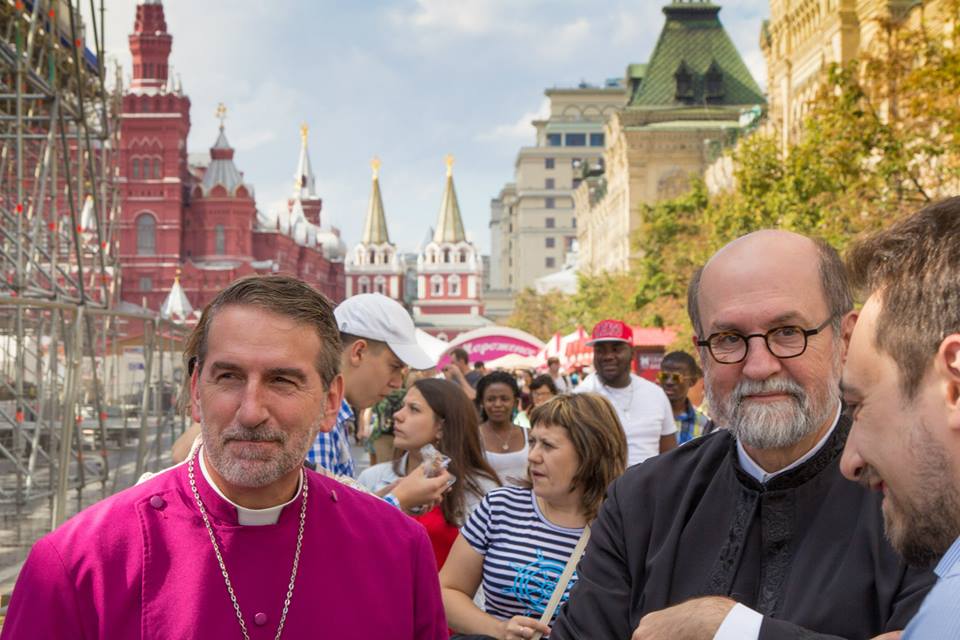
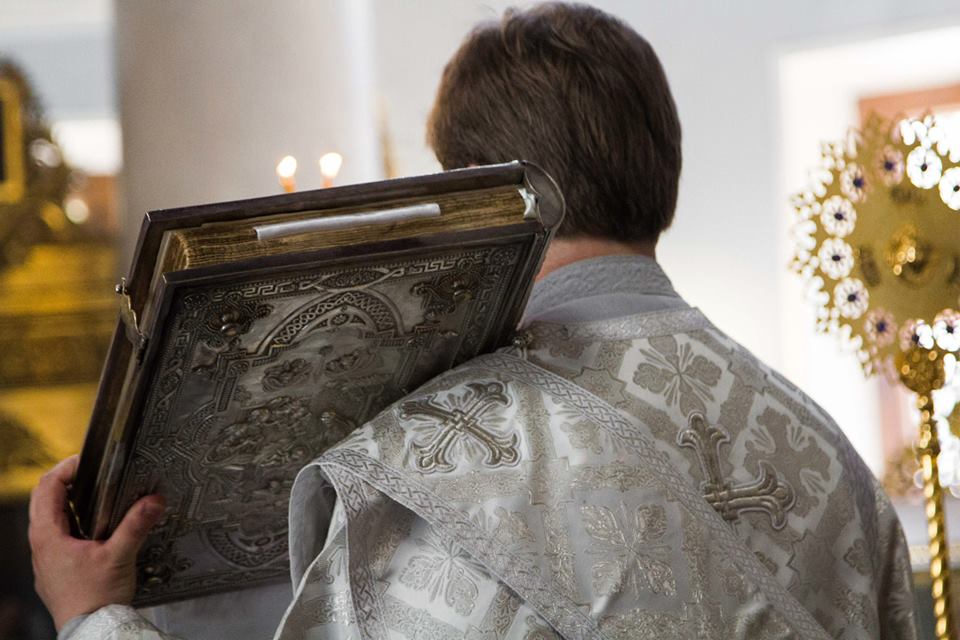
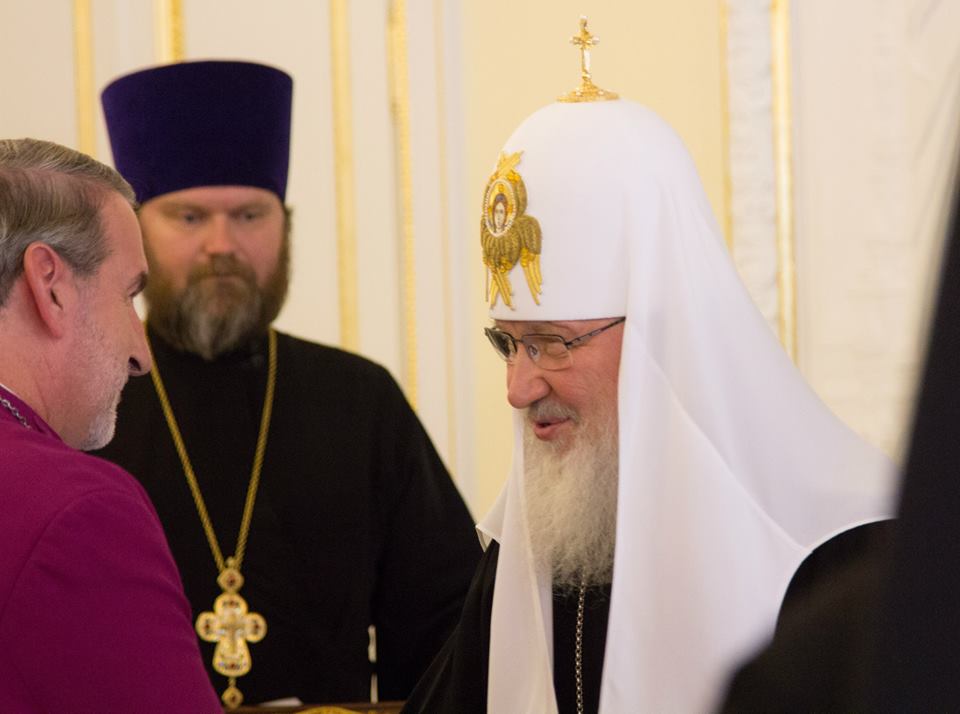
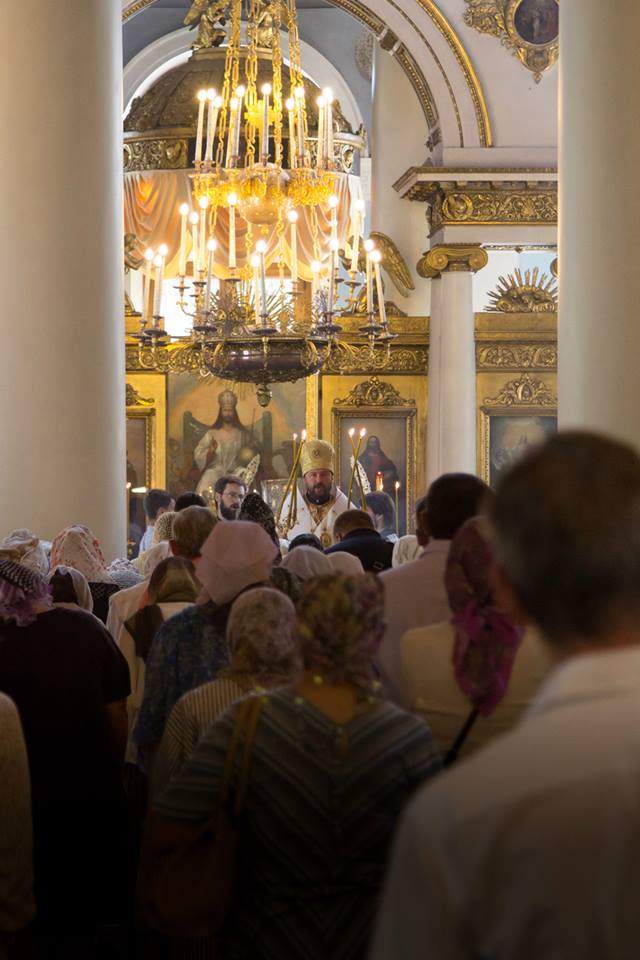
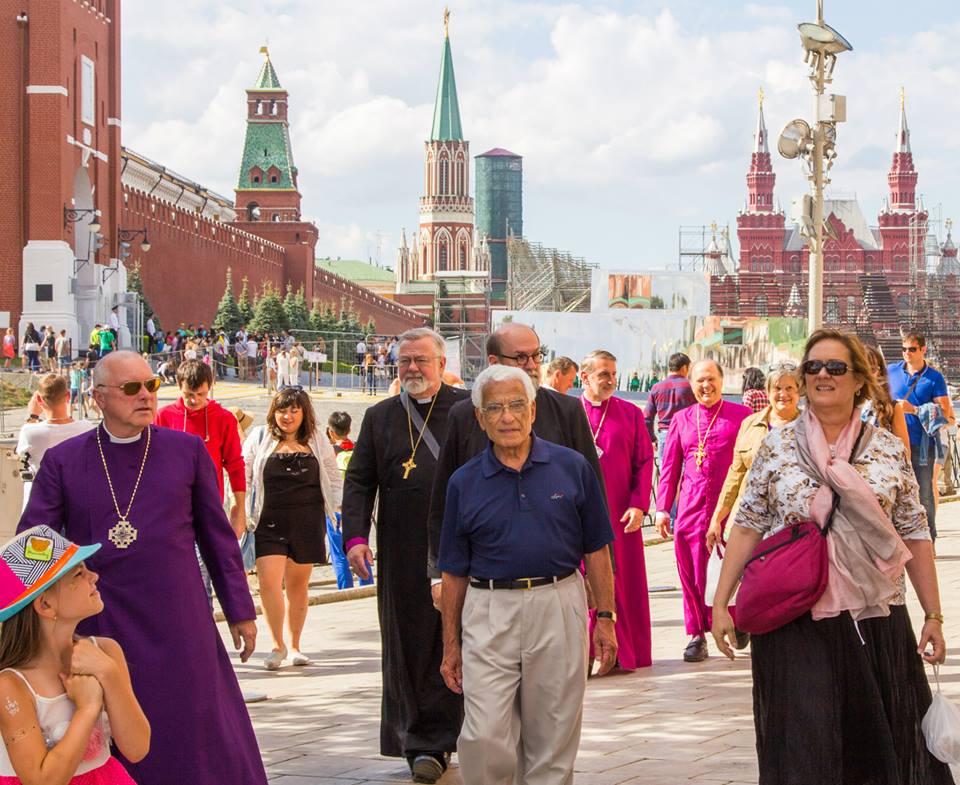

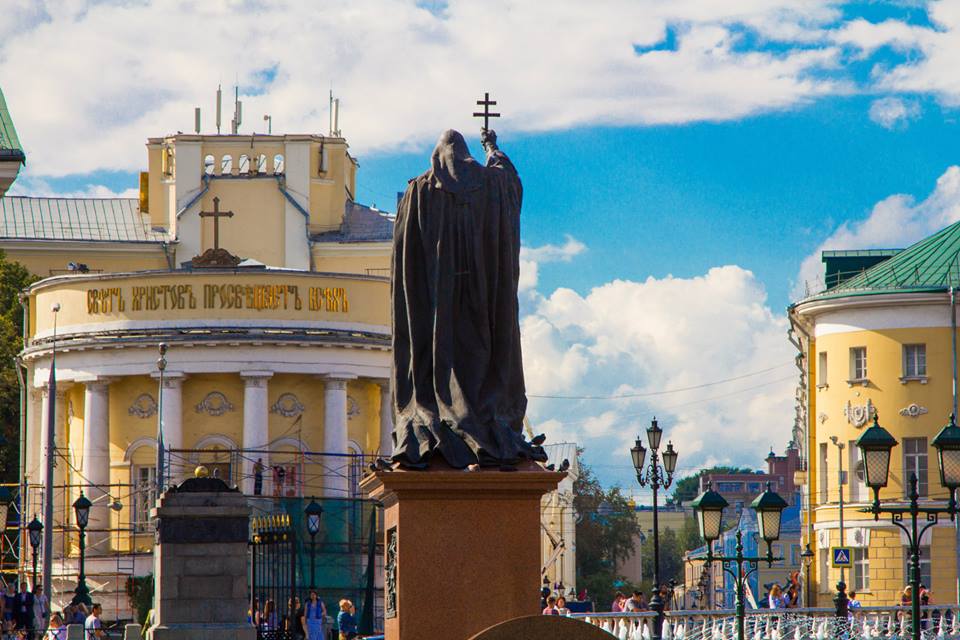
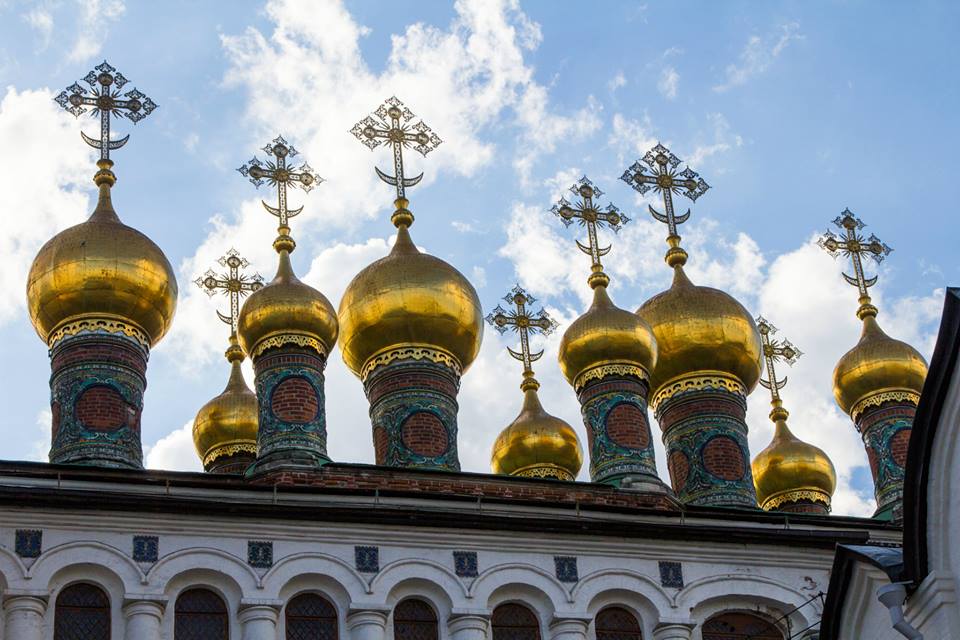

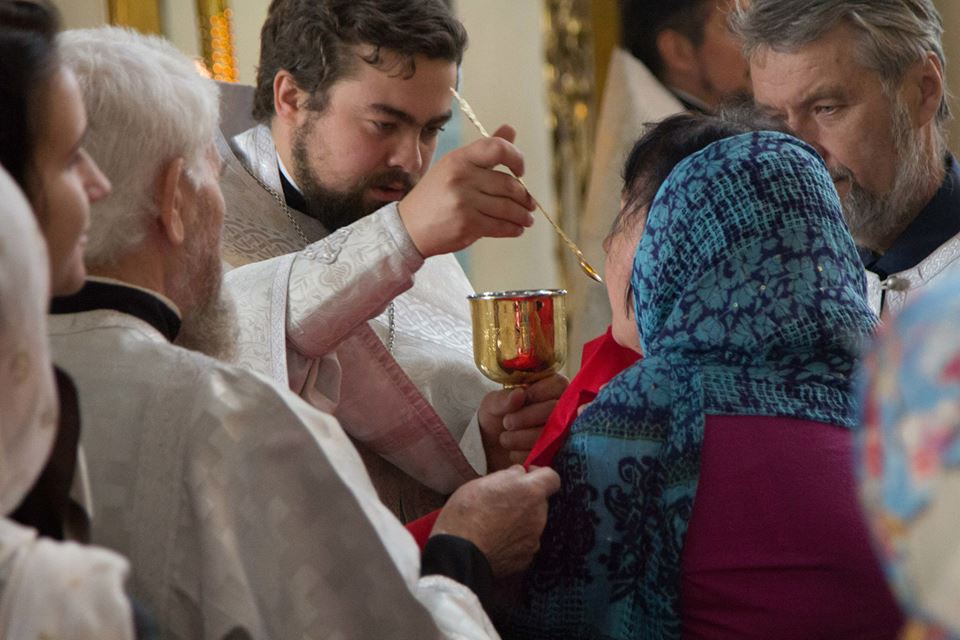
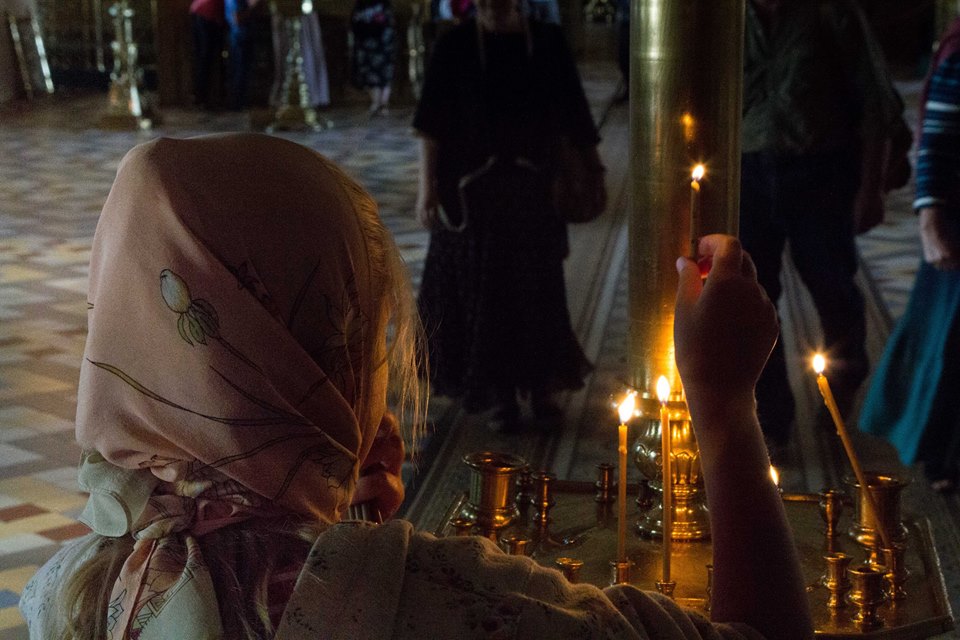
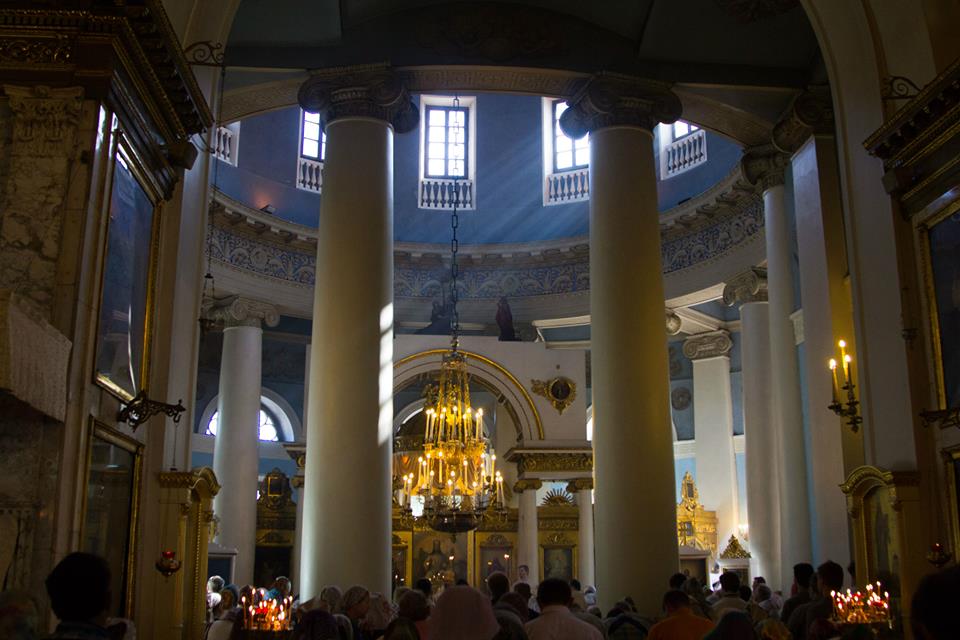

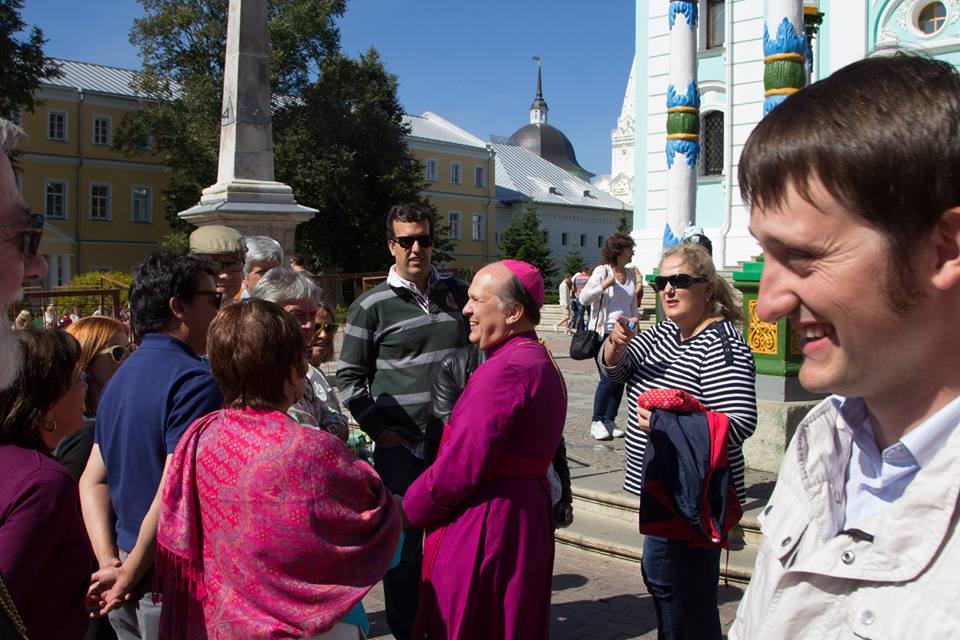
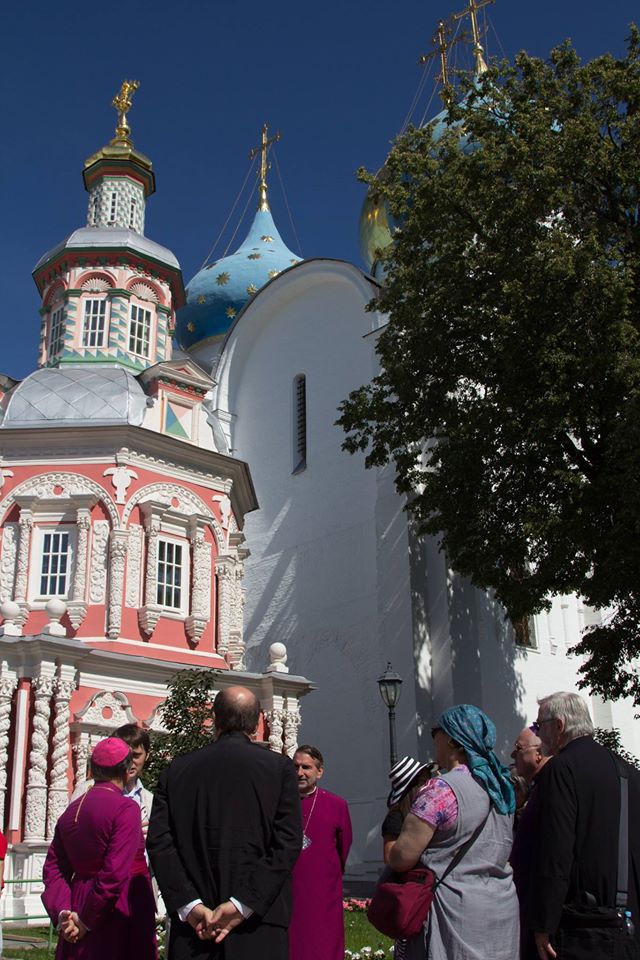
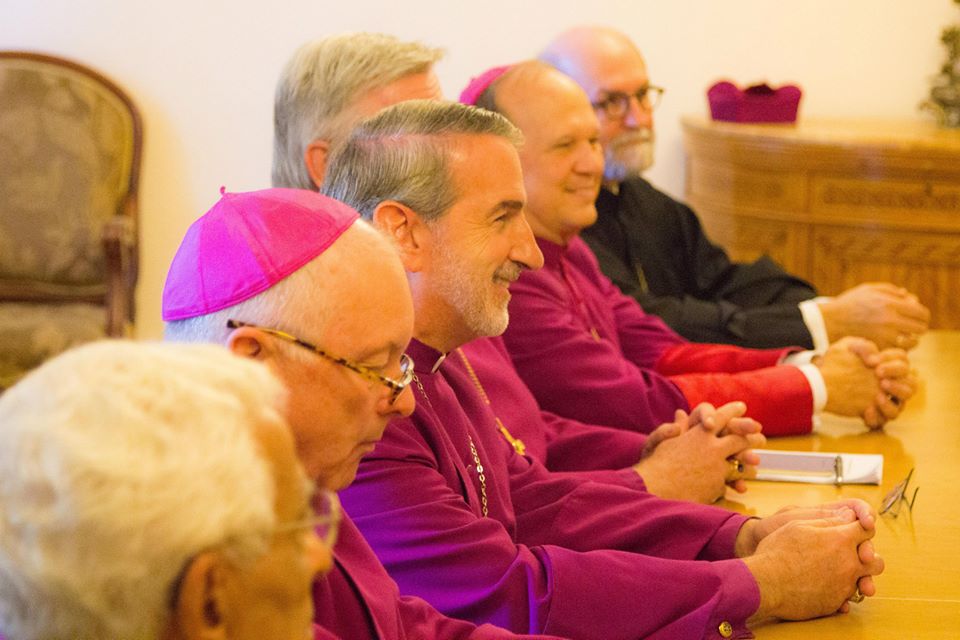

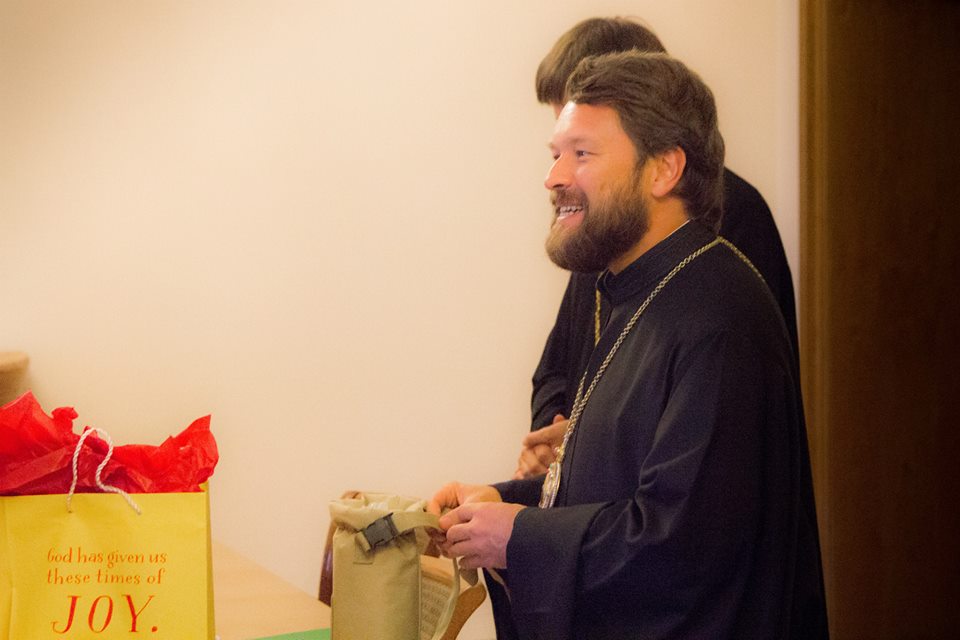


The Rt. Rev. Eric Vawter Menees

November 20, 2023
Dear Brothers and Sisters of Forward in Faith North America,
We have just concluded our Strategic Planning Retreat for the FiFNA Council.
We gathered for worship, study, prayer, and planning. We are grateful for the hospitality of Bp. Ryan Reed of the Diocese of Fort Worth and Fr. Ron Drummond and the people of St. Stephen’s, Hurst for hosting our retreat.
In our time together, we welcomed a new council member, Dcn. Erin Giles, and our new administrator, Elena Velez. In addition, we reexamined our Vision and Mission with special attention on how FiFNA can be an educational, formational, and ecclesiological resource for the Anglican Church in North America, the Global Anglican Communion, and our partners in the continuum.
Finally, we prayed for and were cognizant of those who have been hurt over the years by the church, and false teachings and practices, and so we offer the following collect found in the Stations of the Cross service:
“Teach your Church, O Lord, to mourn the sins of which it is guilty, and to repent and forsake them; that, by your pardoning grace, the results of our iniquities may not be visited upon our children and our children’s children; through Jesus Christ our Lord. Amen. “
In May, at our Assembly, we will put forward the following Vision and Mission for Forward in Faith North America for affirmation by our members.
The Vision of Forward in Faith North America
To embody and teach the faith and order of the undivided Church, so that we all may be one. (John 17:11)
The Mission of Forward in Faith North America
Is to
• Promote lifelong discipleship in the sacramental tradition of the historic Church.
• Submit to the authority of Apostolic Teaching and Tradition as established by the ancient councils of the Church.
So as
• To cultivate the visible unity of the Church under the Lordship of Jesus Christ.
Your energized and focused Council will broaden our regular communications through email, social media, and our website. We will reach out and continue to graciously, but relentlessly live into our vision of embodying and teaching the faith and order of the undivided Church, so that we may all be one.
Blessings,

The Rt. Rev. Eric Vawter Menees
President


www.FIFNA.org
P. O. Box 210248 Bedford, TX 76095-7248 Email: office.fifna@gmail.com telephone: 1-559-494-4972
| This article was originally published at Anglican Compass in March of 2023.
“What is Anglicanism?” I’ve heard all kinds of answers. Some define it as catholic. Others speak of it as reformed. Then most offer the “middle way” (via media) for a definition. Via Media? It’s true that via media has often become the primary identifier for Anglicanism. But it is not a positive definition. It was implemented out of necessity at a particular time called The Elizabethan Settlement (1559-1563), which emerged after the back-and-forth of English monarchs. 1. Henry VIII separated the English Church from the jurisdiction of the Pope in 1534 over his plea to be granted an annulment. But he still considered himself Roman Catholic. 2. Edward VI took the throne after Henry’s death in 1547, and led the English Church into full reform. He died as a young man succeeded by his oldest sister Mary. 3. Mary ascended in 1553 and quickly took England back under the authority of the Pope. She presided over the martyrdom of the Archbishop of Canterbury, Thomas Cranmer, two other leading English Bishops (Hugh Latimer and Nicholas Ridley), and scores of clergymen. But then Mary died. 4. Elizabeth, Henry’s other daughter, took the throne in 1558. She inherited an divided nation with constituencies favoring Rome or the Reformation. Finding a via media to reunite England became necessary for Elizabeth to secure some semblance of peace for the nation. The Elizabethan Settlement was not so much about providing a definition as much as unifying two parties into one church and nation. We can begin to see the problem with the middle way approach in using it to define Anglicanism. It merely presents Anglicanism as somewhere between two differing views of theology and the Church. It’s what I call a non-definition definition. After five hundred years, the middle ways have shifted to different mediums such as between Luther/Calvin, Roman Catholic/Protestant, confessional/Latitudinarian, low church/high church, evangelical/Anglo Catholic, liberal/conservative and so forth. In the end, however, whatever is understood as via media doesn’t provide an actual definition but only a vague description. There’s more connotation than denotation. Instead, if we closely examine the great defenders of the Anglican Way in the 16th century at a moment apart from the Bishop of Rome, they offer a consistent definition. The primary theologians of this period, for example, were Bishop John Jewel of Salisbury (1522-1571) and Richard Hooker (1554-1600). Both speak of the Church of England with two words joined together, reformed catholic. Let’s begin with the older of the two terms, catholic. The Anglican Church is Catholic. First, the word catholic is used by the English Reformers with a more ancient meaning than the narrower Roman Catholic understanding. It is a term confessed in the early Nicene and Apostles’ creeds dating back to the 4th and 5th centuries. These creeds speak of believing in the “Catholic Church,” the undivided church of the first millennium. Perhaps the best explanation of the origin of the term catholic is that it comes from a Greek phrase, kata holos, meaning “according to the whole.” Christianity in Britain was part of this Undivided, Catholic Church. Catholic referred to every ancient See of the Church (Antioch, Jerusalem, Alexandria, Constantinople, and Rome), and not to only one part of this historic Church. Furthermore, the Church in Britannia claimed Jerusalem as its founding See, since Christianity had come directly from it in the early centuries long before the Roman See claimed more Western jurisdiction. Unfortunately, the Undivided Church split East and West in 1054. When it did, the Eastern Church took the designation Orthodox. The Western Church claimed the word catholic in terms of its leading See in Rome calling itself the Roman Catholic Church. This set the stage for confusion about the word catholic. When England was led away from Papal authority, Roman Catholic scholars began to claim that the English Church had left the Catholic Faith and order. They even argued that Cranmer and others had created a new church and theology. Their premise was that a church could not be catholic apart from Rome. English scholars responded that none of this was true. A new church and faith were not being established. They were only returning to the catholic faith of the Undivided Church long before the Western Church was called Roman Catholic. Jewel’s Defense. Elizabeth I asked Bishop John Jewel of Salisbury to present this counter argument (Salisbury Cathedral is depicted above, as viewed from the Bishop’s garden). He wrote in 1562 his classic Apology for the Church of England to prove that the Anglican Church was not novel, as is so often mistakenly attributed to Henry VIII. The Church of England did not begin with him. The English Church had already been called the Church in England long before the Reformation. Jewel even reminds that Christianity in Britain was even more ancient. Jewel demonstrates that there was a catholic church in England for almost seven centuries before coming under the jurisdiction of the Roman See. The Gospel spread to Britain in the time of the Roman Empire within the first two centuries of Christianity. It became a fully developed church with bishops, priests, and deacons. Its bishops had even participated in church councils such as Arles (314) and Nicaea (325). In other words, given the ancient definition of catholic, the church in Briton functioned as part of and in submission to the whole without being under the authority of the Bishop of Rome. In addition, the catholic church in Britain had a fully developed theology based on the Scriptures as understood by the Undivided Church of the ancient creeds and councils. When one of their own monks named Pelagius had to be corrected, his theology was answered by the great Bishop of North Africa, St. Augustine (4th-5th centuries). And this theology was used in the 3rd Ecumenical Council of Ephesus (431) to renounce Pelagius. The monk fled Britain, but the Church in England submitted to the rulings of the ecumenical council. It was an indigenous part of the whole, catholic Church, in faith and order, but the Bishop of Rome had no jurisdiction over the Church in Britain. Thus, though the Anglican church had become subservient to Rome in its medieval development, the 16th century break marked a return to its earlier form. The English Reformation was not creating something new, it was returning to the faith once delivered. Roman Innovation. The final coup de grace in Jewel’s defense was to turn the argument of something novel against the late Medieval Roman Catholic Church. He pointed out that it was the Roman Church who had actually adopted a new faith and order. As for the faith he highlights the late Medieval problem of understanding grace as automatic apart from faith. This approach resulted in buying and selling grace. Such theology and practices were newer, erroneous developments. They were not the teachings of Scripture and the ancient church understanding that grace can never be bought, Christ’s death alone is the basis of atonement, and faith only is required for justification. He speaks also of the Roman Catholic way of explaining Christ’s real presence in the Lord’s Supper as a 10th-11th century innovation. This is the view that the substance of the bread and wine change into the Body and Blood of Christ (transubstantiation). Theologians of the Undivided Church such as Ambrose specifically denied this understanding and only used the phrase “spiritual presence” to explain Christ’s presence in the Sacrament. And the Universal Church had allowed multiple, as long as real presence was not rejected to the point of reducing the Sacrament to symbol only. Concerning order, there was a Bishop of Rome from the earliest of days of the church. But he did not claim universal jurisdiction until after the split between East and West in 1054. All the Metropolitan Bishops of ancient Sees such as Constantinople, Jerusalem, Antioch, Alexandria, were also called Pope. Furthermore, no Bishop of Rome ever attended or led one of the seven ecumenical councils. Neither did his jurisdiction take on greater authority over the state until later in the Middle Ages. If anyone was subject to the accusation of new, argued Jewel, it was Medieval Rome. Thus, a 20th century Archbishop of Canterbury named Geoffrey Fisher described the Anglican Communion with the older meaning of catholic as a church having, No doctrine of our own – we only possess the Catholic doctrine of the Catholic [Undivided] Church enshrined in the Catholic Creeds, and those creeds we hold without addition or diminution. We stand firm on that rock. It is a reminder to us of the immense treasure that is committed to our charge – the immense responsibility on us in these days to maintain unshaken those common traditions we have inherited from those who have gone before us. (Quoted in the Church Times, February 1951, p. 1) The archbishop expresses what the early English Reformers like Jewel had meant by the word catholic. Clearly there was need for reform in the late Middle Ages. But this effort was with a view of returning to the Scriptures as understood by the early Catholic Church in Britain before it became Roman Catholic. The word catholic shaped understanding of the other term reformed. The Anglican Church is Reformed. How does the ancient view of catholic specifically inform an understanding of reformed? At the beginning of the 16th century Reformation, there was a popular descriptive Latin phrase in the Renaissance picked up by all the leading Reformers. It was, ad fontes, meaning “back to the sources.” The sources for the Reformers were the Holy Scriptures and the early church fathers who wrote the ancient creeds and met in the historic ecumenical councils. They were trying to correct the problems of their late Medieval Church by going back to the Scriptures and the theology of the ancient church. They were reformed catholics. Unfortunately, most of the European countries attempting to reform their churches were limited. Except for Scandinavia and England, the majority of their bishops did not embrace the Reformation. Even if they did, however, they couldn’t leave the Roman Church because of the close tie between Church and State. A bishop could not depart one without abandoning the other, which was virtually impossible. Yet, the Reformers like Martin Luther and John Calvin never in principle rejected a Scriptural role for bishops. Calvin for example speaks of the need for “godly bishops” in Book IV of his Institutes. But except for isolated instances, reformed catholic bishops were not to be found in Europe. Models of the Church were consequently innovated to compensate for the lack of episcopal government. The English part of the Reformation, however, was afforded a unique opportunity to reform according to the ancient catholic standard. When King Henry VIII led the nation from the authority of the Bishop of Rome, the entire English Church with bishops, priests, and deacons was able to be placed in a position for subsequent reform. Though Henry remained Roman Catholic, later English monarchs, Edward and Elizabeth, allowed for the English Reformation to apply an ad fontes approach in ways beyond what the greater European Reformation was able to achieve. Liturgical Reform. This English Reformation approach to the meaning of reform appears in the classic Anglican Formularies of the Book of Common Prayer (Book of worship), the Ordinal (Form for ordaining bishops, priests, and deacons), and the Thirty-Nine Articles of Religion (Doctrinal Statement). Overall, Cranmer used the ancient Mozarabic Rite of Gaul and Spain as the model for reforming the late Medieval Mass in what became The Book of Common Prayer. He didn’t throw out completely the late Medieval Mass. Rather, he reformed it back to earlier models of liturgy. As the saying goes, he “didn’t re-invent the wheel.” In the service of Holy Communion, for example, he restored what was called the Mass of the Catechumenate and combined it with the Sacrament of the Eucharist. The Mass of the Catechumenate was a service around the Word of God to prepare a person for receiving the Sacrament. It consisted of prayers, reciting the Ten Commandments, reading Scripture, confessing the Faith with the Nicene Creed, preaching or teaching by the minister, and concluding with offerings and prayer. Sometimes this service is called ante (before) communion. Cranmer saw the important need for teaching the faith once delivered to the English people. He wanted them to come to Holy Communion with instruction (catechesis) from the Holy Scriptures. Doctrinal Reform. Moreover, Cranmer reformed doctrine according to the reformation emphasis on the Holy Scriptures. He taught and shaped the English Church in the authority of Scripture, salvation by grace through faith only, and the more ancient view of the real presence of Christ in the sacraments. These were reforms that articulated doctrine in light of ancient understanding. It was back to the old while addressing new challenges. Cranmer did use the ideas of other reformers in some of his teaching. At points he is strongly influenced by John Calvin in Geneva, Switzerland, such as his first version of the Forty-Two Articles of Religion. In contrast to other churches of the Reformation, however, the English Church is not based entirely on the theology of one scholar, even one as great as Thomas Cranmer. Thus, fifteen years after Cranmer’s death, the English Church removed the more Calvinistic articles to provide a more catholic latitude in understanding the Sovereignty of God. The result was the Thirty-Nine Articles of Religion in 1571. Thus Anglicanism, as intended by the English Reformation, was fully Reformed in its proper sense: Re-Formed back to ancient Biblical Catholicism. No doubt there have been and are Anglican theologians who emphasize one of these adjectives over the other. However, the words were not intended to be separated to the point of becoming stand-alone in defining Anglicanism. By themselves, they can take on a life of their own distorting their intended meaning. The challenge today is to restore them as modifiers working together to define Anglicanism. And when we do, perhaps as there was reform five hundred years ago, so there will be true reform again today. A Conference on Catholic and Reformed Anglicanism. To help us regain this more comprehensive understanding of Anglicanism, I should not fail to mention an important conference coming on May 31st to June 2nd at the Anglican Way Institute. The theme of the conference will be Reformed [or Re-Formed] Catholic Anglicanism. Held at the Anglican Church of the Holy Communion Cathedral in Dallas, Texas, the plenary speakers will be foremost Anglican scholars such as the Rev. Drs. Hans Boersma, Gerald McDermott, and Greg Peters. I will also be offering three presentations. These plenary sessions will introduce the foundation for a Reformed Catholic model of Anglicanism on topics such as Scripture and Tradition, Justification by Faith, the Incarnation, the Church, the Sacraments, Spirituality, and much more. Click here to visit the conference website. There will also be a host of workshops led by other scholars, both laity and clergy, on the leading models of Reformed Catholic Anglicanism. The subjects presented will include presentations on the leading Anglican Divines such as John Jewel, Richard Hooker, and Lancelot Andrews; the Caroline Divines such as Jeremy Taylor, John Donne, George Herbert; the 17th century Non-Juror movement; the 19th century Anglo-Catholics such as Edward Pusey, John Keble, and John Henry Newman; and 20th century writers such as C.S. Lewis, Charles Williams and other Inklings, to name only a few. Please mark the date. Don’t miss it if you want to explore more deeply Reformed Catholic Anglicanism. A Catholic and Reformed Collect. I close with the opening collect in the Book of Common Prayer service of Holy Communion that is exemplary of Reformed Catholic Anglicanism. It is a prayer originally composed by Alcuin, an eighth century English scholar. Charlemagne the Great brought him to France to establish a Christian school system. The prayer is rich in Biblical theology and early church father spirituality. Almighty God unto whom all hearts are open, all desires known, and from whom no secrets are hid, cleanse the thoughts of hearts by the inspiration of thy Holy Spirit, that we may perfectly love thee and worthily magnify thy holy Name. Amen. An Eastern Orthodox Archbishop once surprised a number of us at an ecumenical dinner by reciting this famous prayer. The archbishop then remarked, “Have you ever heard of such a prayer so perfect with which to begin Divine Worship!” I would say that the perfection of it expresses the essence of what Anglicanism is, reformed catholic Christianity. |